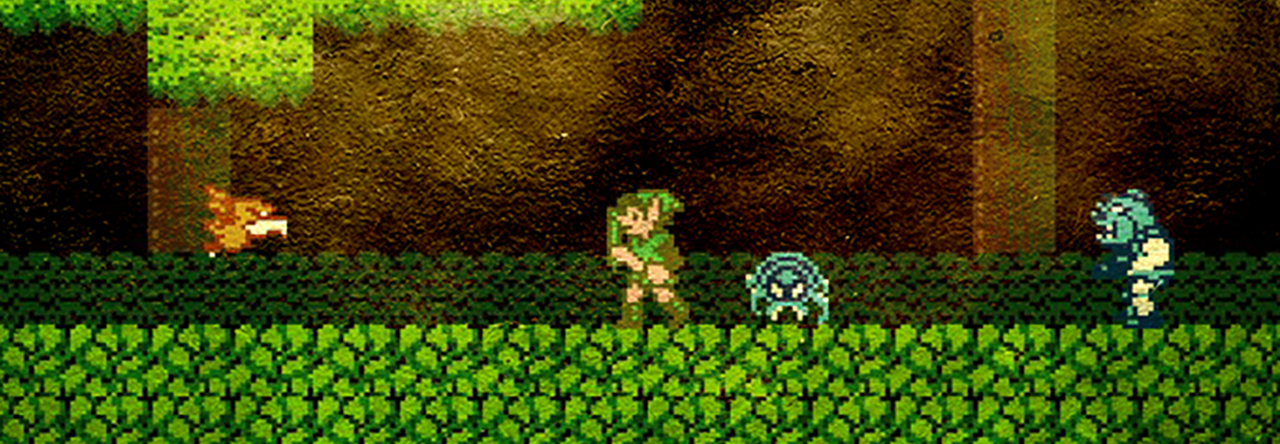Baldur’s Gate 3 is an unquestionably wild ride from start to finish, but the game is
kind enough to offer the player a few stress-relieving celebrations in the midst of
it all. After a long day of saving (or killing) druids, you head back to camp, kick
up your slippered feet, and sip on an ice cold… what?
Beverages are never discussed outside of the odd wine here and there. What is
everyone drinking at these parties? In this list, we imagine that our heroic Tav is a
benevolent bartender serving their companions all their favorite drinks (with
photos lovingly crafted by yours truly).
Karlach: Spicy Bloody Mary

We all know a Bloody Mary is essentially tomato juice, vodka, and some spices and seasonings. It’s a hearty drink that traditionally comes with a stick of celery, but its accoutrement have become pretty outlandish over time — a bit like a particular Outlander we all know and love.
Give it a kick with some jalapeños for a flavor boost (and because we know Karlach can stand the heat).
Halsin: The Bee’s Knees

A cocktail dating all the way back to Prohibition, the Bee’s Knees just screams Druid Who Loves Honey. As gin is a spirit infused with botanicals (namely juniper berries, which one might scavenge from the forest’s bounty), it seems like the top pick for a guy who’s in love with nature.
A little bit of lemon brightens the flavor, and a dollop of honey sweetens it up for the more indulgent palette.
Jaheira: French 75

A French 75 may look like a classy cocktail, cold and aloof, but it’ll knock you on your ass. The drink is a mix of gin and champaign and sugar, a combo that’s easy to drink and packs a wallop like the WWI-era field gun from which it takes its name.
We think it’s the perfect choice for a tough-as-nails, but finely aged, Harper commander.
Astarion: Metropolitan

Astarion, a vampire about town, would certainly have a drink of choice while hanging around dive bars waiting for unsuspecting prey to walk in. That drink is the Metropolitan, a mix of brandy and sweet vermouth served elegantly in a stemmed glass.
Astarion makes a few comments regarding an enjoyment of a good wine or brandy, and he’d most certainly want to look stylish as hell while imbibing both.
Lae’zel: Classic Martini

Few cocktails are as efficient as the martini, nor is any so synonymous with clarity. As a disciplined warrior with no patience for secrets and subterfuge, Lae’zel knows the drink that’ll get the job done.
Gale: Sazerac

In its early days, absinthe gained a reputation as the drink of bohemians, and as scholarly as he is, Gale is artistic and romantic enough to fit the bill. The sazerac is a stately yet lively drink, full of history and potential.
It’s also the official drink of New Orleans, which, if you squint, might look a little like Waterdeep?
Shadowheart: Aviation

The Aviation may be a bit polarizing for its unique flavor profile: a dark, fruity maraschino liqueur blends with the floral notes of rare creme de violette. Yet, the drink still manages to find its people.
In Shadowheart’s hands, the purple-hued cocktail looks almost like a lovely, night-blooming flower.
Wyll: Adonis

Wyll may be a straightforward, stalwart companion in times of need, but he also has an aspect of refinement and elegance.
At an open bar, he asks for the Adonis, a no-frills blend of sweet vermouth and fino sherry, wines from far off places that come together for something splendid, something fine. A bit like his beloved Baldur’s Gate, no?
Minsc: Pimm’s Boo’s Cup

Minsc likes flavor. Minsc likes an easy drink. Boo likes to snack on copious garnishes. Nobody loses with a drink made of Pimm’s No. 1, lemonade (or ginger ale), and all the little fruits and mint sprigs you can fit on a toothpick.
(Served on the rocks, of course.)
Minthara: The Last Word

The Last Word looks, and sounds, unsettling, kind of like she who favors it. Not only does Minthara like to be right, she is always right, and she says it loud and clear as she sips this high-powered combo of gin, maraschino liqueur, and green chartreuse (none of which are cheap, obviously).

Every Language In Chants Of Sennaar, Ranked
By Justine
This guest post was written by Justine!
Justine is novelist with a long time casual interest in video games. If you’re interested in reading more of her gaming-related work. you can visit her Medium page.
Tremendous thanks to Justine for contributing to the site and writing one of the most creative angles on Baldur’s Gate 3 I’ve ever seen.















